 If you’ve ever been through the property-buying process in the UK, you will know that it can sometimes be a frustrating and prolonged experience.
If you’ve ever been through the property-buying process in the UK, you will know that it can sometimes be a frustrating and prolonged experience.
Even if you are organised, arrange your mortgage quickly, and complete all paperwork promptly, it can still take a seemingly endless time for the transaction to complete.
Indeed, recent research published by the Times suggests that the average time between agreeing a sale and legal completion is now five months or 154 days.
A further study, reported by GB News, demonstrated that Canada, France, Germany, UAE, Portugal, Italy, and Australia all beat the UK for home-selling efficacy.
The findings revealed that the UK has “by far the longest selling timeline” and that selling a home in the UK takes almost three times longer than it does in the USA, and an entire month longer than the second-worst performer, Spain.
One of the most common reasons for delays in the process is that there are issues with the chain. Your buyers may pull out at the last minute – perhaps because they can’t sell their own home – or suddenly the owners of the house you intend to buy lose their purchase.
A break in the chain can be stressful and have wide ramifications. For example, if you are relocating to another part of the country, delays may mean you have to spend a lot of time away from home, affecting your family life and even your children’s education.
In recent months we’ve seen an increase in the number of transactions that take a significant time to complete and in the instances of broken chains derailing a sale or purchase.
One way to tackle this issue is through the use of bridging finance. Read on to discover how a bridging loan can help you tackle chain breaks, ensuring you can complete a sale and/or purchase more quickly.
Bridging finance can help repair a chain
Hearing that your property chain has broken can be frustrating, especially if the break happens close to your completion date.
If you find yourself in this situation, don’t panic. There are alternative, short-term loans available that can help you conclude your purchase.
A bridging loan is an alternative way to finance your property sale if you’re looking to escape or repair a broken chain. Crucially, such a loan doesn’t rely on the sale of your property, so you can conclude the transaction without worry of collapse.
There are two main types of bridging loans.
Open bridging loan
This type of loan has no fixed repayment date, although a lender will normally expect you to have paid back the loan within 12 to 24 months.
It can be a useful choice if you have found a property you want to buy but the buyer of your home has pulled out late in the process, or if you have yet to find a buyer for your home.
Bear in mind that an open bridging loan is usually more expensive, as it is more flexible.
Closed bridging loan
This type of loan has a fixed repayment date and is generally cheaper than an open bridging loan.
A closed bridge is best suited if you have a buyer and you’re just waiting for completion to get access to the money you need to put towards your new property.
An example of how bridging finance could benefit you
Here’s a scenario that highlights how a bridging loan could help you to complete on a property transaction where the chain is broken.
- You are looking to relocate and you currently own a home with a value of £750,000.
- You find a home you would like to buy for £500,000
- You have £150,000 in savings and so need to borrow £350,000
- At the last minute, the buyer of your own home pulls out
- You still want to complete the purchase as you don’t want to lose your dream home
- You take out a bridging loan for £350,000 to enable you to complete the purchase
- You move into your new home and your previous property remains in the market. You pay interest on the bridging loan, usually calculated on a monthly basis. Interest normally “rolls up” and so is due when you repay the loan
- You sell the property three months later
- When the buyer transfers the funds, you use the proceeds to repay the bridging finance.
A bridging loan works like a short-term mortgage, where you raise funds against the value of your home and repay these at a later date.
The main difference is that the loan can ordinarily be arranged in just a few days, and you’ll normally pay off the full balance in weeks or months.
One downside to consider is that bridging finance can be more expensive than other types of borrowing, depending on the specific scenario.
In the example above, if you struggled to find a buyer for your previous home and it took some time to sell, the interest cost on the outstanding bridging finance could end up being quite costly.
Get in touch
We’re seeing an increasing number of enquiries for bridging finance and can help you to access competitive terms with lenders who can agree deals quickly.
If you have an issue with a chain and you want to explore whether a bridging loan could be a solution for you, please get in touch. Email [email protected] or call us on +44 (0) 20 3411 0079.
Please note
This article is for general information only and does not constitute advice. The information is aimed at retail clients only.
Your home may be repossessed if you do not keep up repayments on a mortgage or other loans secured on it.
Think carefully before securing other debts against your home.




